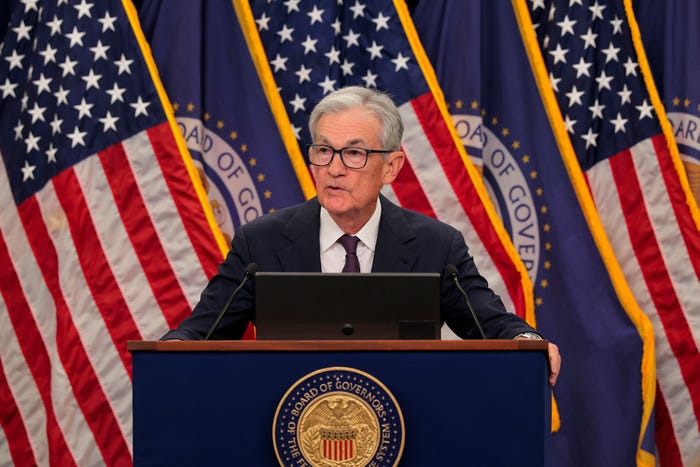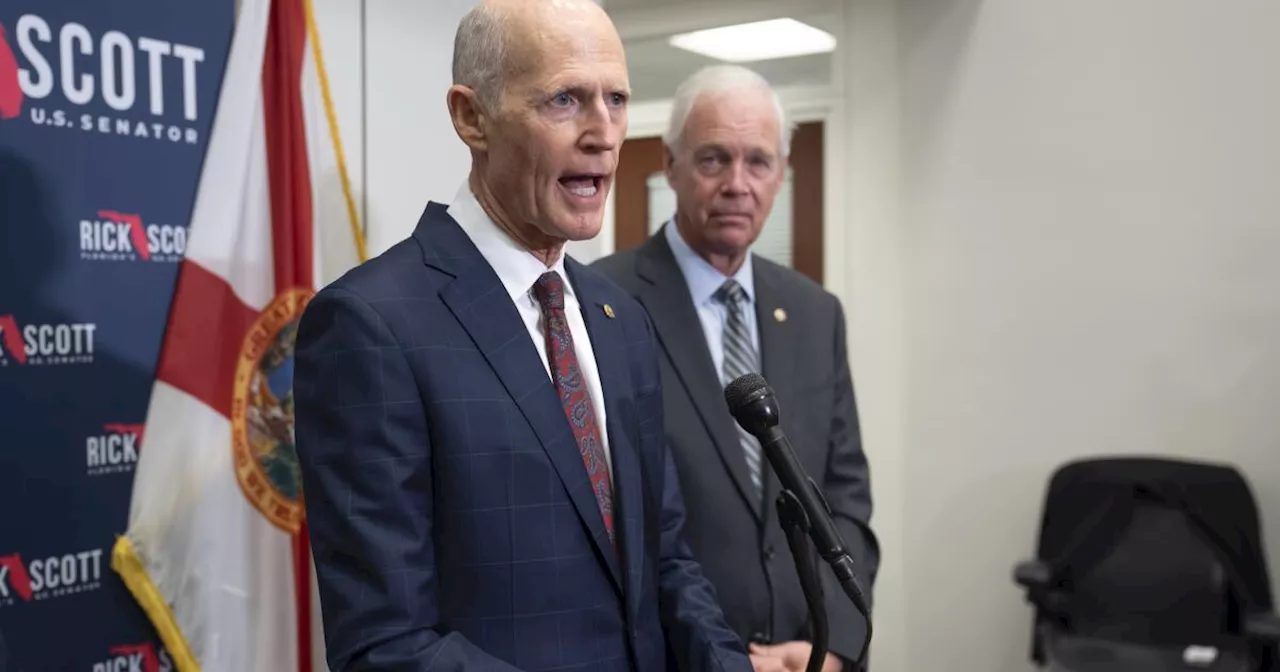UPDATE: The Federal Reserve is poised to cut interest rates during its October meeting this Wednesday, despite the ongoing government shutdown that is clouding economic data. Analysts predict a quarter-point reduction, with the latest projections showing a staggering 98% probability of this decision being finalized.
The implications are significant. A rate cut could lower borrowing costs for mortgages and credit cards, directly impacting millions of American consumers. The Fed’s decision comes amid a backdrop of uncertainty, as the government shutdown has delayed crucial economic reports, including the September jobs data from the Bureau of Labor Statistics.
Fed Chair Jerome Powell is expected to announce this rate cut in the seventh meeting of the year, even with the absence of comprehensive labor market insights. The September inflation figure was recently reported at 3%, still above the Fed’s target of 2%. Economists argue that the Fed’s strategy will proceed regardless of the missing data, as the labor market shows signs of slowing.
“Even if inflation were to rise slightly, the Fed has indicated a willingness to prioritize labor market conditions over inflation levels,” said Stephen Kates, a financial analyst at Bankrate. Powell himself acknowledged last month that “the marked slowing in both the supply of and demand for workers is unusual,” a statement underscoring the urgency of the Fed’s next steps.
The backdrop of declining job openings and a creeping unemployment rate complicates the Fed’s decision. Without the latest jobs report, officials will need to rely on soft economic indicators, including consumer sentiment, which has dipped recently. This suggests that rising prices and limited job opportunities are making Americans reluctant to spend, further pressuring the economy.
As pressure mounts, some Fed members advocate for more aggressive rate cuts. Notably, one member has called for a 1.25% reduction by the end of the year, a stance that diverges from Powell’s current approach. Former President Donald Trump has also been vocal, labeling Powell as an “OBSTRUCTIONIST” in his push for lower rates.
For consumers, the ripple effects of a rate cut could be immediate. The costs associated with thirty-year fixed mortgages, auto loans, and credit cards often correlate with the federal funds rate. While these benefits might take time to materialize, a series of cuts could signal relief for those managing debt.
Kates noted, “For borrowers—whether they have a mortgage, are thinking of refinancing, or are dealing with credit card debt—this is a critical moment.” However, those with high-yield savings accounts may see a decline in their interest earnings as the Fed shifts its policy.
The Fed’s decision on October 4, 2023 will be crucial in shaping the economic landscape, especially as the government shutdown complicates an already challenging environment. The next few days are critical as analysts and consumers alike await clarity on how these changes will affect their financial futures. Stay tuned for updates as this developing situation unfolds.







